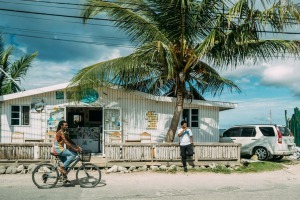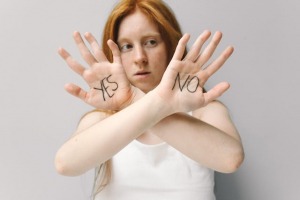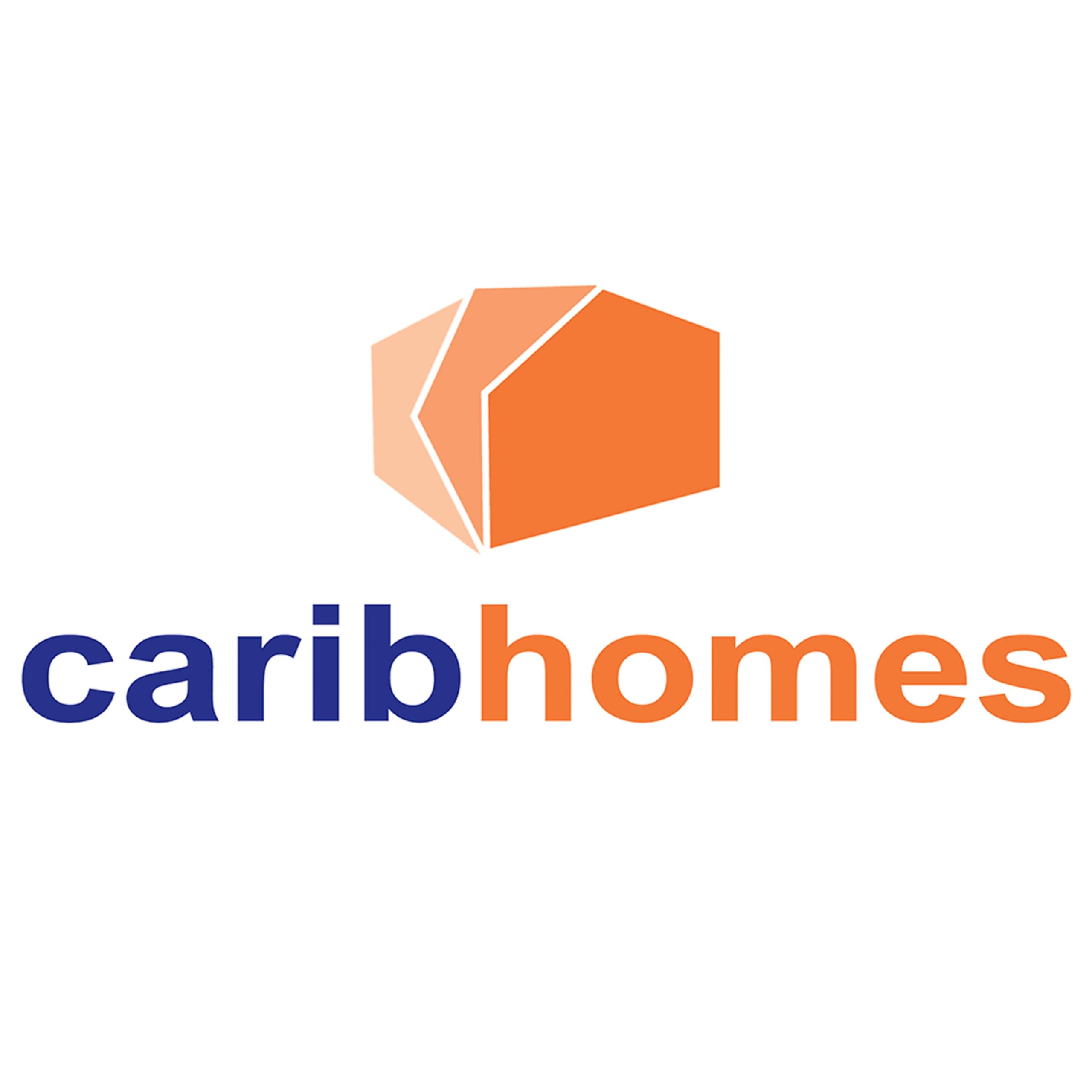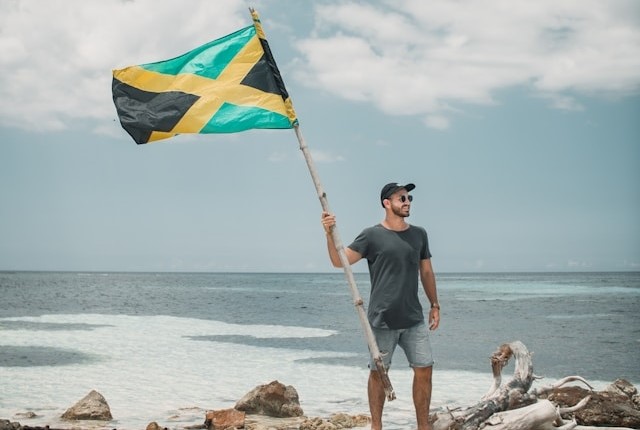Published by Team Caribhomes
Jamaica’s real estate is transforming. Urban areas that were once overlooked now attract buyers from around the globe. Interest rises, and prices follow. But who gains, and who loses? To understand the impact of gentrification on Jamaica’s property market, buyers must act, not just watch. This trend won’t wait. The question is: Will you? For updates, trends, and analysis, check everything real estate in the Caribbean-your must-follow resource.
What Does Gentrification Mean for Jamaica?
 Gentrification sounds simple: Wealth enters, and prices rise. But in Jamaica, it plays out in layered ways. Local culture and outside money collide. Property values rise fast, and longtime residents struggle to keep up. This reshaping changes how people live, not just where.
Gentrification sounds simple: Wealth enters, and prices rise. But in Jamaica, it plays out in layered ways. Local culture and outside money collide. Property values rise fast, and longtime residents struggle to keep up. This reshaping changes how people live, not just where.
Once-ignored neighborhoods attract developers and buyers in cities like Kingston and Montego Bay. These areas often sit near the sea, tourism zones, or upgraded transport. They pull investors in but push locals out, and that tension drives debate.
What Sparks the Trend?

Gentrification in Jamaica stems from many forces. One is foreign cash—steady and eager. Buyers from overseas see Jamaica as both beautiful and undervalued. They seek land, homes, and rental returns. As a result, demand shifts to areas near beaches or airport routes.
Another driver comes from Jamaica. Diaspora returnees bring dollars and modern tastes. They want safety, modern finishes, and location perks. They often look for houses in walkable, central areas.
Next, the government plays a role. Urban renewal programs reshape infrastructure. New roads, police stations, and transit links enter poorer districts, drawing in private developers who build for profit.
Also, Jamaica now attracts digital workers. With Wi-Fi and sunshine, who wouldn’t want to work here? This group rents or buys, often in places once seen as “local.” That shift turns up the heat on the property market.
What Buyers Like About Gentrified Areas
- Property prices rise faster than in rural spots
- Rental demand stays strong, especially short-term
- Amenities improve, including food, schools, and safety
- Public works expansion, including street lighting and transit access
In some areas, like Downtown Kingston, a clear pattern forms. Ten years ago, few outsiders looked twice. Now, high-end condos appear, art spaces open, and cafes fill corners. The shift draws in both foreign and local buyers. They see value but also want ease.
Some of this growth is linked to how climate changes affect real estate in Jamaica. As weather events hit harder, people now seek elevated or central locations with secure buildings. Developers respond with smarter designs, which adds to gentrification’s appeal.
The Negative Side of Gentrification
 Still, not all is good. Gentrification brings problems. As prices jump, locals get squeezed out. Rent rises. Old homes face demolition. New buildings go up, but many can’t afford them. In the rush for profit, social roots suffer.
Still, not all is good. Gentrification brings problems. As prices jump, locals get squeezed out. Rent rises. Old homes face demolition. New buildings go up, but many can’t afford them. In the rush for profit, social roots suffer.
Small shops shut, family homes turn into rentals, communities lose their voices, children must travel far to school, and older folks move to the edges of town.
Also, culture shifts. Music, food, and language give way to imported styles. Developers call this “revitalization, ” but locals often call it “erasure.”
Those who care about the impact of gentrification on Jamaica’s property market must consider both sides. This is not just about buildings; it is about identity and access.
Some buyers ignore this. They chase profits. But the smart ones think twice. They ask deeper questions. They wonder who wins. And they care who loses.
Should You Buy Before the Impact of Gentrification on Jamaica’s Property Market?
 Buyers from Connecticut often explore early investment in Jamaica to escape high property costs back home. The average home easily exceeds $400,000 in places like Hartford or Stamford. In contrast, pre-gentrification neighborhoods in Jamaica offer homes for a fraction of that—sometimes under $150,000. That price gap draws interest from New England buyers seeking vacation homes, retirement spots, or long-term rental income.
Buyers from Connecticut often explore early investment in Jamaica to escape high property costs back home. The average home easily exceeds $400,000 in places like Hartford or Stamford. In contrast, pre-gentrification neighborhoods in Jamaica offer homes for a fraction of that—sometimes under $150,000. That price gap draws interest from New England buyers seeking vacation homes, retirement spots, or long-term rental income.
Before gentrification takes root, Jamaican areas still feel unpolished—but prices stay low, and competition remains light. A house that looks basic now could double in value after local upgrades and new amenities arrive. For CT buyers looking to stretch their dollars, this early window matters.
Watch for clear signs: cleaner sidewalks, upgraded lighting, new businesses, or community projects. These changes often signal where investment flows next. Local conversations can reveal what’s coming. Some wait too long and miss the wave—then face higher prices.
Buying before gentrification often offers:
- Significantly lower entry costs compared to Connecticut real estate
- Less buyer competition from other international investors
- A chance to shape and support emerging communities
- Greater potential for long-term appreciation and rental returns
Still, early investment carries risk. Development might move slower than expected. For Connecticut buyers, that could mean added travel and coordination to manage properties from afar. Always research infrastructure plans, zoning rules, and regional growth strategies. Early action can turn smart timing into real value with the right preparation.
Is It Better to Buy After the Trend Takes Hold?
Some wait until the dust settles. They see polished buildings, busy sidewalks, and new cafés. Gentrification has done its work. Prices climb, but value stays. Risk feels lower. Rent stays steady. New investors follow others who already profit.
After gentrification begins, you gain:
- Proof of strong demand
- Access to modern homes
- Confidence in returns
- Clearer rules and services
Still, you must pay more. Competition grows. Sellers know their value. The price you pay might cut into your profit margin. Sometimes, deals vanish fast.
This stage suits buyers who seek ease. It also fits those who plan short-term stays. If you want fast rental income, this route may serve you well.
Try To Buy During The Right Season
Buying at the right time of year can make a big difference, no matter the pace of gentrification. In Jamaica, the dry season—December to April—offers easier travel, better road access, and clear skies for property visits. This also aligns well with winter in Connecticut, when many residents plan to relocate. Choosing the right time to relocate allows buyers to avoid peak tourist traffic, lock in better rates, and find more available moving services. The best time of year to move internationally from Connecticut often falls between late fall and early spring, matching Jamaica’s most convenient property-viewing season.
Buy With Care and Conscience
Many local groups urge buyers to respect a place’s soul. New homes don’t need to block old lives, and wealth does not need to silence a community.
You can act with care. You can choose wisely. Here are a few ways to invest better:
- Buy homes, not just short-term rentals
- Hire local workers
- Support nearby businesses
- Speak to residents before you buy
Real estate comes with power. You must use it well.
As part of getting to know Jamaica, try to listen. Don’t just look. Ask what people love about their street. Then, find ways to keep it alive. Gentrification can work—if handled with care.
Invest With Thought, Not Just Speed
Buyers must act with purpose. Gentrification opens doors, but it also shuts others. You should not chase trends mindlessly. Ask tough questions. Study each area. Speak to locals. Watch what shifts. The impact of gentrification on Jamaica’s property market changes fast—don’t just follow. Lead with care, and your investment may grow with heart.
Caribhomes is yout one stop marketplace for Everything Real Estate, www.carib-homes.com, find the new buyer for your real estate or search for professional consultants aiding your decision making.


